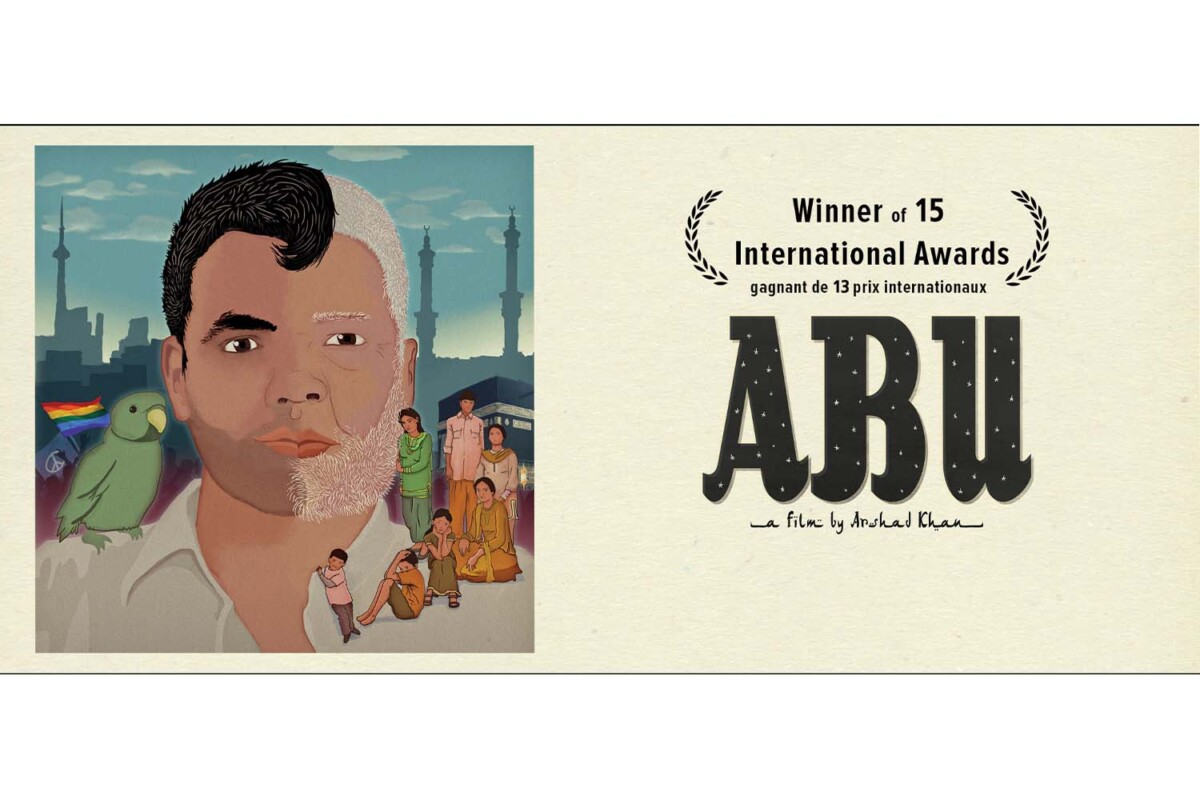Young people deserve an education that reflects who they are.
This year was filled with rallies across Canada for and against LGBTQ+ school policies. Hundreds protested in downtown Montreal in September, followed by an LGBTQ+ counter-protest an hour later. Most people marching against were parents who said, “Leave our kids alone.” Many religious and conservative parents fear that their children might potentially be influenced by their surroundings. What parents have to understand is that their beliefs will not change their child’s sexual orientation, and LGBTQ+ education is essential.
I was always neutral regarding this issue, but it wasn’t until my professor screened the documentary Abu: Father by Arshad Khan last week that I understood the importance of LGBTQ+ inclusive education.
When Khan was a child in Pakistan, he was molested by a close family member and never understood that what had happened was wrong. Khan later discovered that he is more attracted to boys than girls. Considering that this was taking place in a Muslim country that condemns homosexuality, Khan internally struggled with the conflict between what his dad expected of him and his sexuality.
Khan did not have anyone that he could open up to, which led to feelings of confusion, loneliness, and depression. After moving to Canada in the 1990s, Khan slowly started integrating into Canadian culture and finally found other gay friends that made him feel accepted and understood. Khan’s homosexuality was a hard pill to swallow, and it took him years to reconcile with his dad.
Khan’s story demonstrates precisely why schools should educate children about their sexuality. People who belong to the LGBTQ+ community often struggle with discrimination, which can lead to mental health crises such as depression and suicide. Educating them at an early age can help them avoid confusion and isolation, and help them acknowledge their true selves.
One thing that came up in the documentary was how Khan was constantly bullied at school for being gay. I believe that bullying comes from a lack of empathy and understanding. Having an LGBTQ+ inclusive education will introduce everyone to LGBTQ+ identities and the experiences that come with them.
It is our responsibility to accept and respect each other. We can make LGBTQ+ people feel welcome by taking a stand against bullying, being compassionate and simply loving them for who they are as people. For instance, students’ chosen pronouns should be respected without condemnation. Restricting young people from being who they are will cause anxiety and depression in the long run.
Schools are meant to be a safe space for everyone, regardless of their background. Educators must seek to help children feel secure in their identities rather than suppressing and rejecting them. It is time to update the school curriculum and stop discrimination against what is considered abnormal in the eyes of society. In the end, every child will end up becoming who they truly are, so we should help them get there.
